The Marques da Silva Foundation, in this joint effort to contain the pandemic, temporarily suspended visits to the exhibition spaces. The Online Store remains open and ready to send to you the books available.
The Fundação Marques da Silva, established by the University of Porto from the legacy of José Marques da Silva's heirs, one of the most outstanding architects from Porto, has as its mission the study and dissemination of architectural culture and heritage.
Over the last few years, by assembling collections of other architects, it has been gathering a comprehensive document heritage of great relevance to the knowledge and characterisation of the architecture developed in Portugal between the late 19th century and the first decades of the 21st century.
Names of important figures of Portuguese architecture, such as Fernando Távora, José Carlos Loureiro, Alcino Soutinho, Octávio Lixa Filgueiras, Alfredo Matos Ferreira, José Porto, Raúl Hestnes Ferreira, Fernando Lanhas and Bartolomeu Costa Cabral, are represented here.
Visits by prior appointment.
Day 1
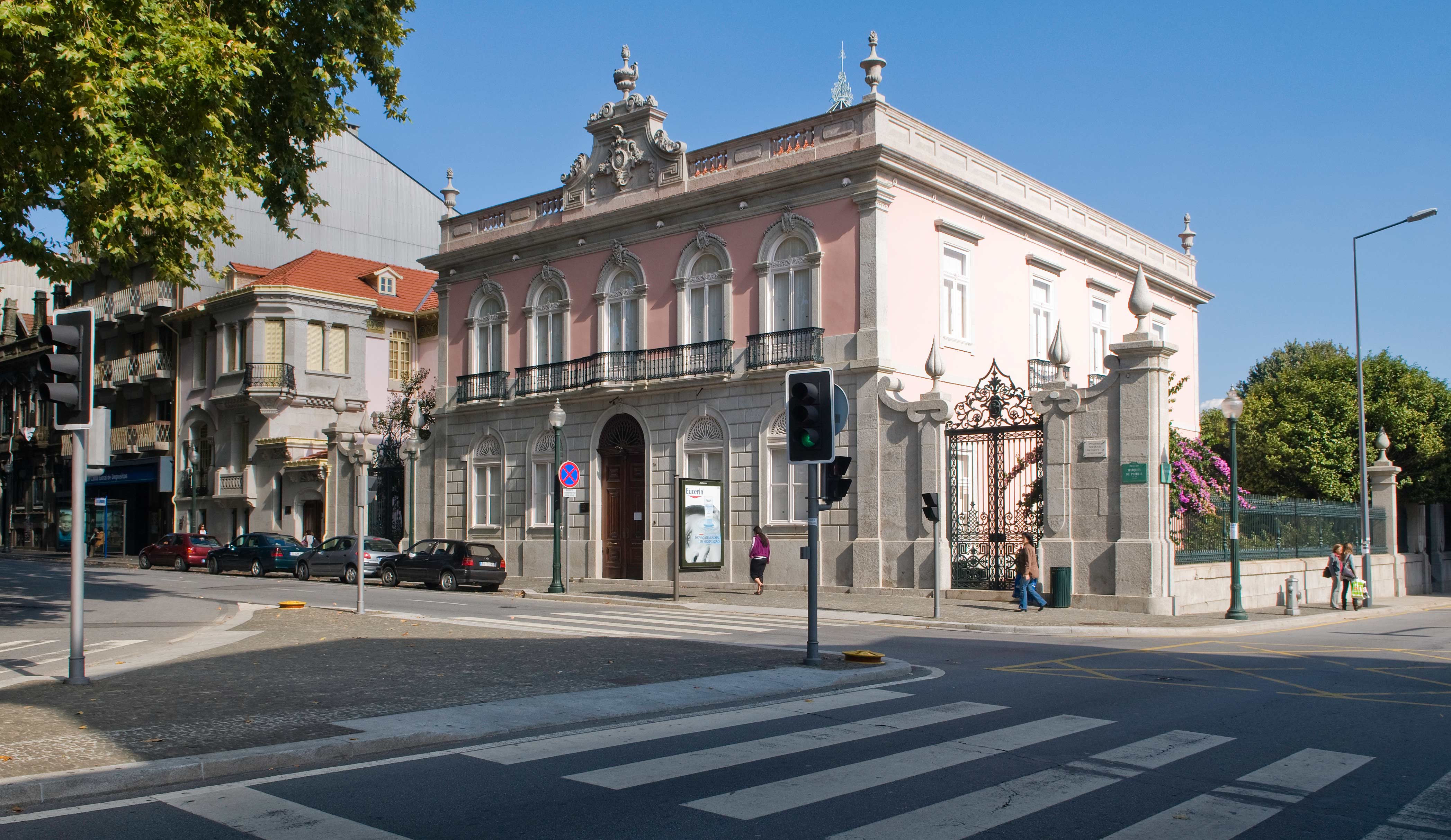
Fundação Marques da Silva
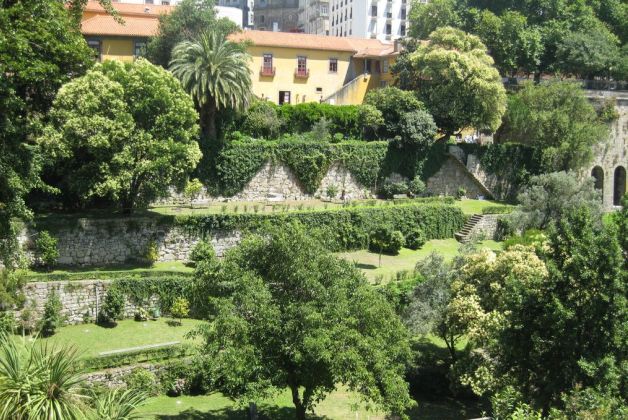
Virtudes Park
The Municipal Park of Virtues is located where the Porto Gardens Company was set before. Projected by José Marques Loureiro (1830-1898), it was bought in 1965 by the City Council of Porto and, in 1998, restoration works were carried out. One of the particularities of this garden is the fact of being vertical, in other words, it stretches out on the steep slope terraces, and therefore, from almost every part of it, there is a unique view over the Alfândega (Customs Building), the river Douro and Vila Nova de Gaia.
1 October to 30 March: 9am-6pm
1 April to 30 September: 9am-7pm
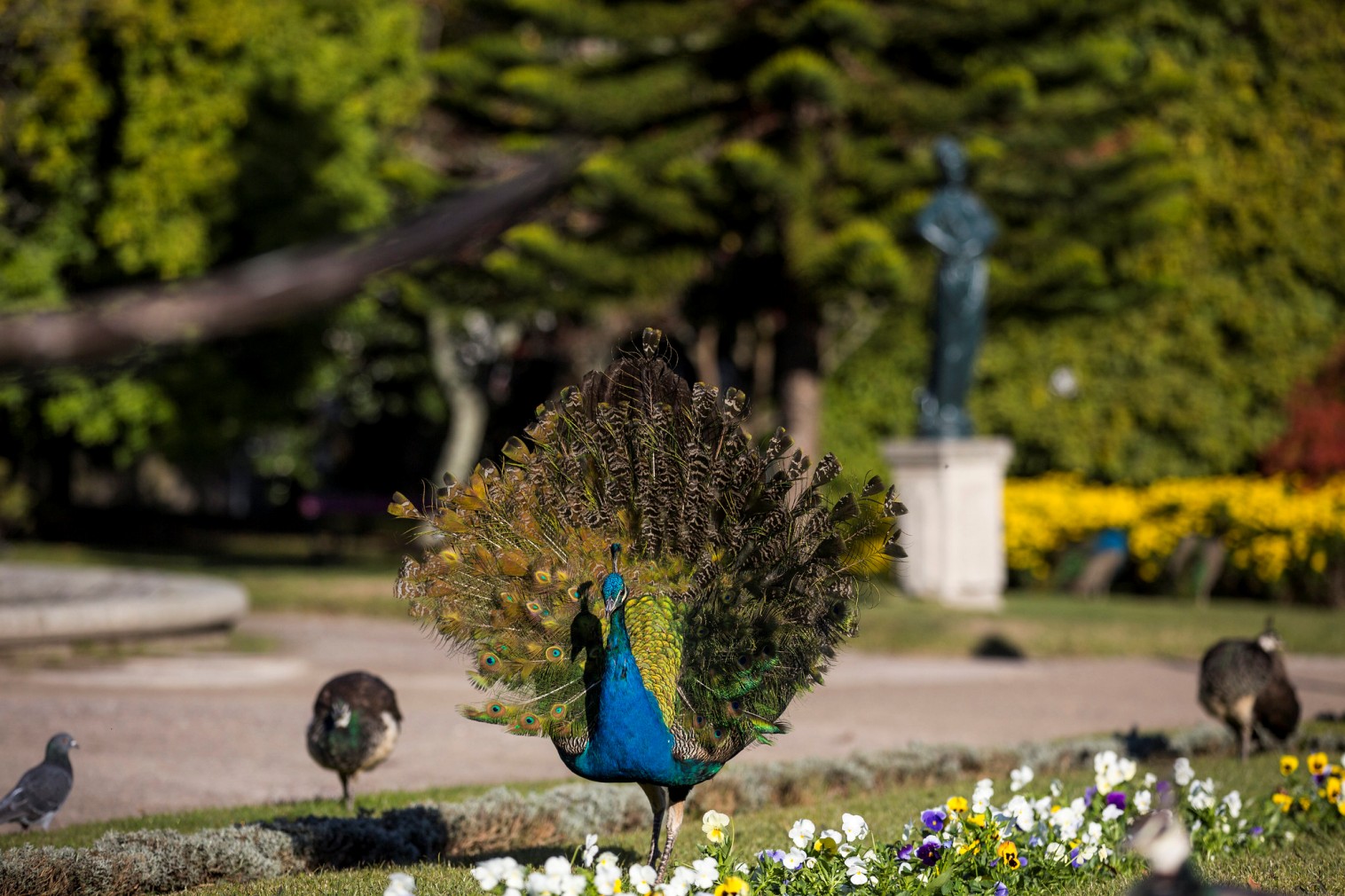
Palácio de Cristal Gardens
The Romantic Gardens of Palácio de Cristal occupy an area of 8 hectares in Porto´s centre and they were designed in the 19th century by the German landscape architect Émille David, in the context of constructing the building of Palácio de Cristal (Crystal Palace). Currently, the following still remain preserved in accordance with the original project: Jardim Émille David at the main entrance, Avenida das Tílias, the forest and the balconies´ design over the river Douro. We can also contemplate magnificent panoramic views over the river and the city that the viewpoints in strategic places offer to us. It is to be noted that these gardens, making a good use of the botanic heritage and of the ludic-cultural dynamics, is home to an Environmental Education Centre.
Flora: North American Tulip Tree (Liriodendron tulipifera), Box elder (Acer negundo), Tilia (Cordata, Platyphyllos and Tomentosa), Camelia sp., Magnolia (Magnolia grandiflora), Metrosideros, Palm Tree (Washingtonia Robusta), Norfolk Island Pine (Araucaria Heterophylla)
Available Infrastructures: public toilets; Cafe/ Restaurants; Sports Pitch and Court (Football and Basketball); Playground; Library and Centro de Educação Ambiental (CEA) and Museu Romântico.
October 1st to March 30th: 8am-7pm
April 1st to September 30th: 8am-9pm
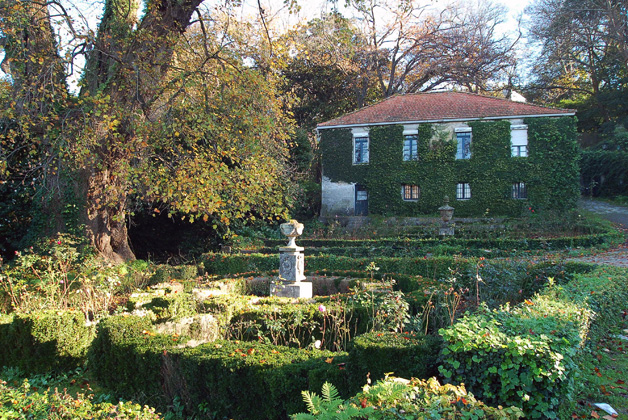
Tait House
Tait House adapt its opening hour to the decreed state of emergency, but remain open with the due safety, hygiene restrictions and with the Clean & Safe accreditation:
- Tuesday to Friday: 10am to 5:30pm
- Saturday and Sunday: 10am to 1pm
Located on a long and pleasant green area protected by high walls, with a privileged view over the Douro River, it has retained a deep hallmark of the English families which inhabited it.
It was bought in 1900 by William Tait, a Port Wine negotiator who had a considerable fortune and who dedicated himself to the study of fauna and flora. Muriel Tait followed William Tait, selling the house to the Porto’s City Hall, under the condition that it would be transformed into a public green space.
The building has a room where temporary exhibits are held, and the gardens are of free access.
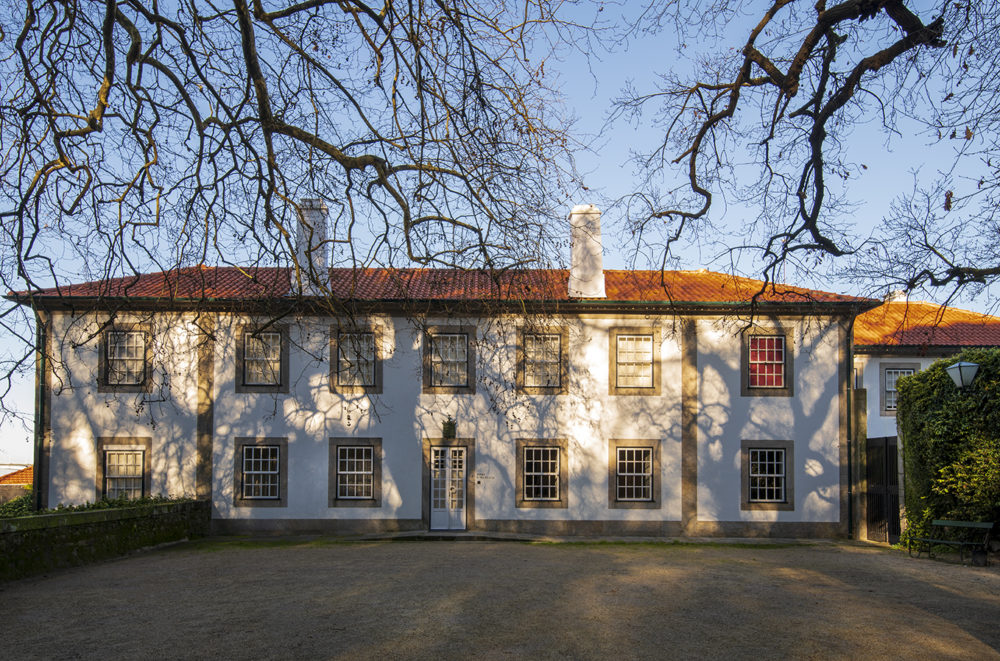
Museu Romântico
The Romantic Museum is housed in the Quinta da Macieirinha, also known as the Quinta do Sacramento, an 18th-century country house that once belonged to the Pinto Basto family.
The building opened as a museum in 1972, aiming to recreate the atmosphere of a 19th-century bourgeois home — a reflection of Porto’s lifestyle during that period.
After an architectural renovation by Camilo Rebelo and the restoration of key pieces from its collection, the museum reopened in 2017.
In 2021, a new museological project was launched. Coinciding with the Porto Book Fair, the theme of the natural world became the creative inspiration and driving force for the first exhibition: When the Earth Shines Green for You Again.
In 2022, the exhibition METAMORPHOSES – Vegetal, Mineral and Animal Immanence in the Romantic Domestic Space brought together a wide selection of works — some from the former Romantic Museum and other spaces of the Museu do Porto, and others never previously exhibited — highlighting the remarkable quality and diversity of the municipal collections.
The museum is set within a vast green area that includes the Crystal Palace Gardens and the Casa Tait Gardens, offering sweeping views of the river and the sea.
Cost
4 €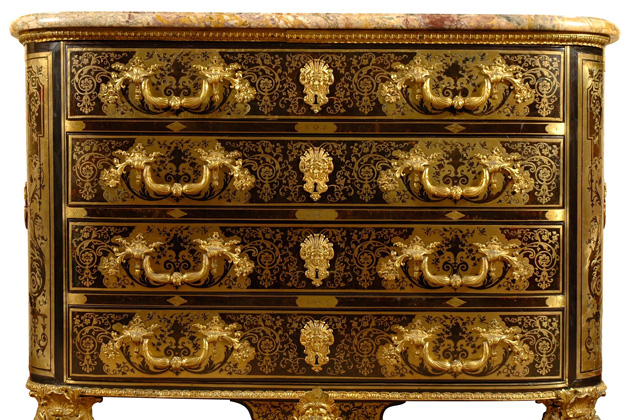
Marta Ortigão Sampaio House
Standing in a 1950’s building it is the result of a donation to the Porto City Council in 1978 from Marta Ortigão Sampaio, a remarkable figure of the Porto society, daughter of Vasco Ortigão Sampaio, an art collector and patron, and niece of the painters Aurélia de Souza and Sofia de Souza.
Opened to the public in 1996, it features permanent exhibitions of paintings, jewellery, furniture and other decorative arts, evoking a "bourgeois" environment from the first half of the 20th century.
The painting collection features naturalism works and the jewellery collection displays items dating from the 17th to the 20th centuries. The pieces range from some of the most expensive to the most traditional giving a great variety.
Cost
4 €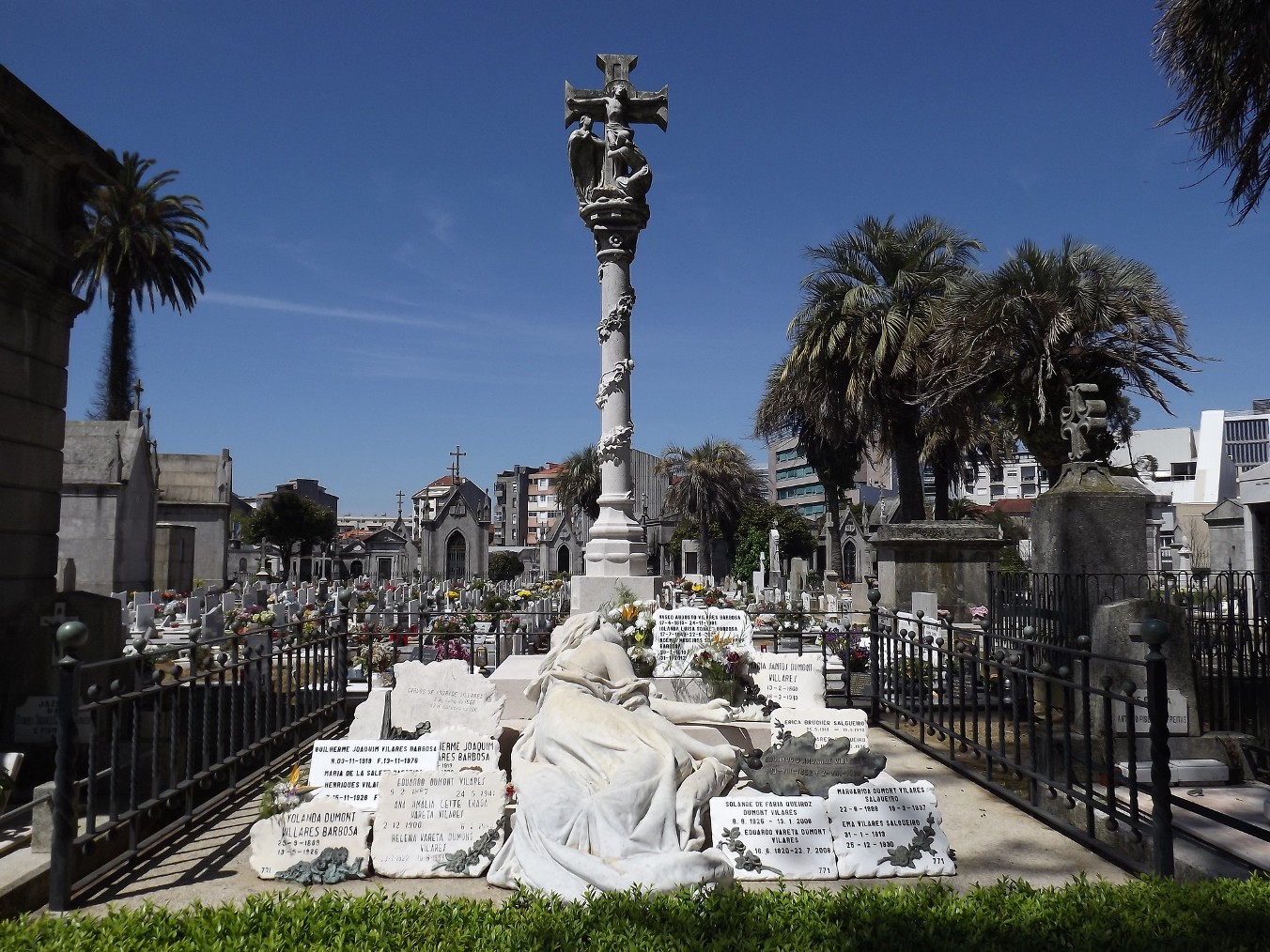
Agramonte Cemetery
Cemetery with several monuments of great value, highlighting its chapel, whose construction took place between 1870 and 1874, through a project by Eng. Gustavo Adolfo Gonçalves e Sousa.
The presbytery was later increased in 1906 under the management of Marques da Silva, which was when the byzantine inspired paintings by Silvestro Silvestri were made.
Highlight goes to the various mausoleums which have sculptures by Soares dos Reis, António Teixeira Lopes and Alves Pinto.
In the municipal sections there are various art personalities from Porto who have been buried here, such as the painter António Carneiro, the violinist Guillermina Suggia, the photographer Emílio Biel or Tomás Soller.
November 1st and 2nd: 8:30am to 6pm
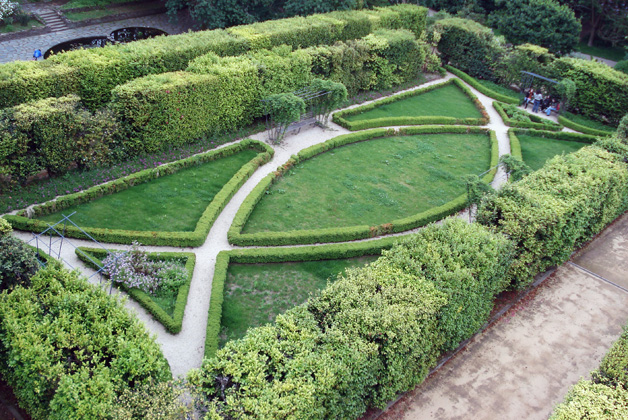
Botanical Garden
Created in 1951, Jardim Botânico do Porto is a space with a high ecological, aesthetic and referential interest. It is organised in three tiers:
i) the one with the formal gardens, compartmentalised by tall hedges of centenary camellias, with emphasis on the groves, the Shale Garden, the Fish Garden, the Rose Garden and the “J” Garden;
ii) the one with the Cactus Garden and greenhouses,
iii) on the lower levels, the one with the arboretum, the dam and the big lake. There are also collections of cactus and succulents, azaleas and rhododendrons, and indigenous and gymnosperm plants.
Together with the Galeria da Biodiversidade which also houses, it is part of the Museu de História Natural e da Ciência da U.Porto.
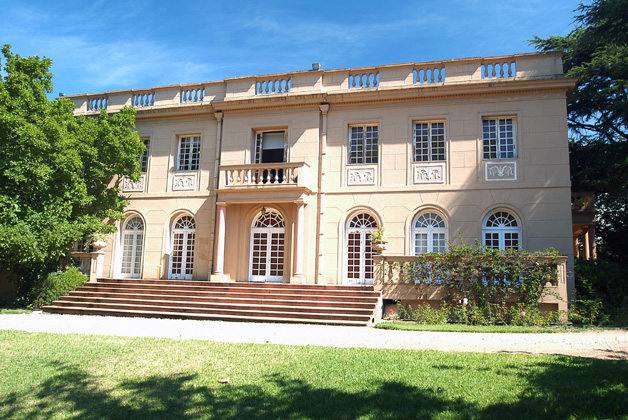
Casa das Artes
In the gardens of the Palace of the Viscount of Vilar d'Allen, designed by architect José Marques da Silva in 1927 and facing Rua Ruben A, is the Casa das Artes (House of Arts). A project of Eduardo Souto de Moura which was completed in 1991.
This cultural equipment consists of an exhibition hall flanked by two rooms for concerts and conferences, and a service area in the basement.
The project stands out for its discretion, simplicity and integration into the surroundings.
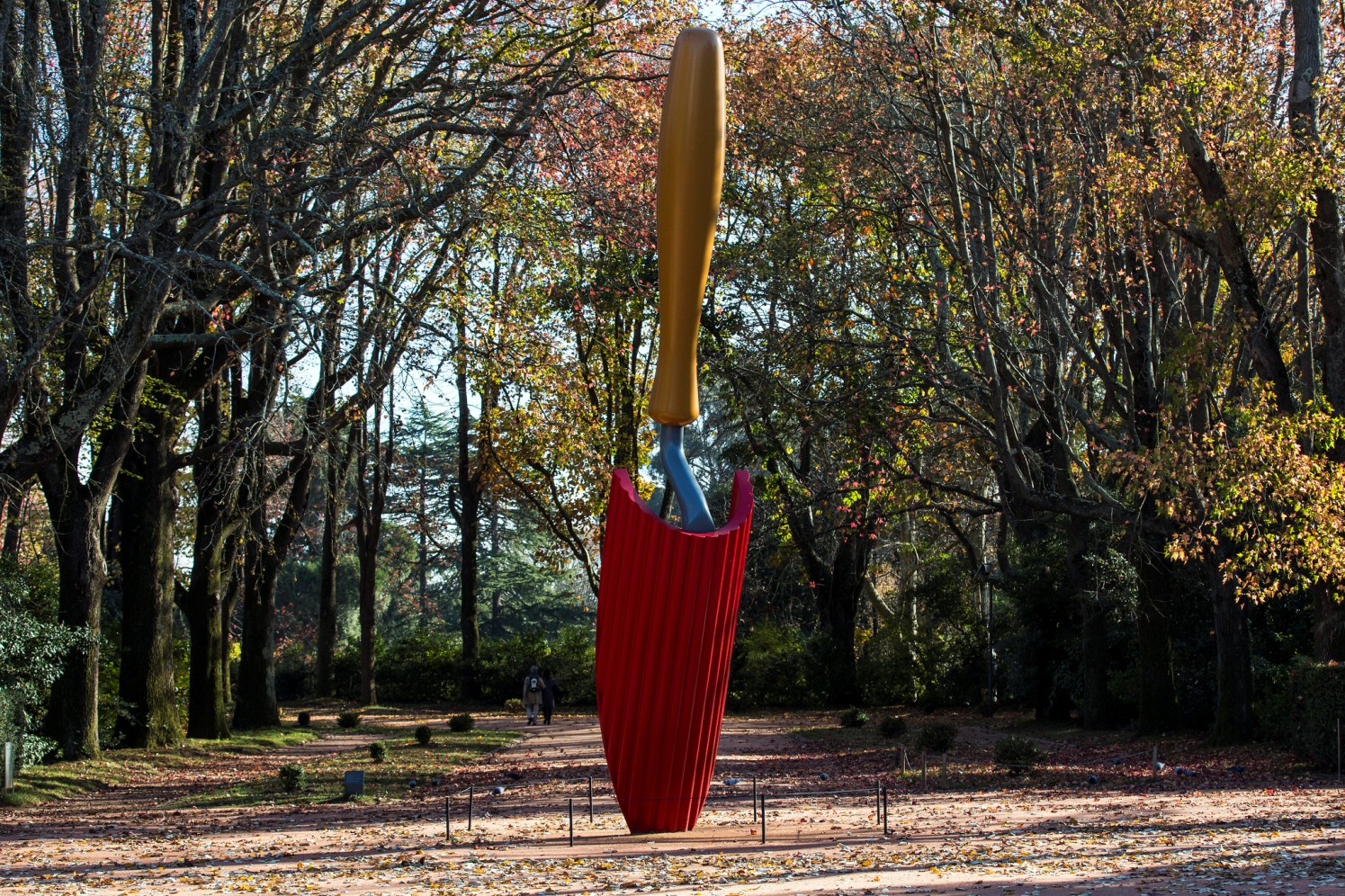
Serralves Park
Serralves Park, from the first half of the 20th century, was the first national private garden built based on a landscape architecture project.
Completed in 1940, the garden adapts itself to the neoclassical layout of the art of French gardens, slightly modernised, moving away from the traditional concept of gardens in effect in Porto.
Whether for its historical and artistic characteristics, or for its size (18 hectares), landscape diversity and state of conservation, Serralves Park is a unique place in the national and international scene.
It includes very diverse landscapes, from the sloping terraces to the thick forests, from the labyrinthine geometry of some gardens to the agricultural land, from the rose garden to the romantic lake.
Comprised by remains of a 19th-century garden, Quinta do Mata-Sete, Serralves Villa, Serralves Museum of Contemporary Art and Treetop Walk, whose gardens were designed to blend harmoniously with the surrounding landscape and the built structure. Building designated a monument of public interest.
Cost
13 €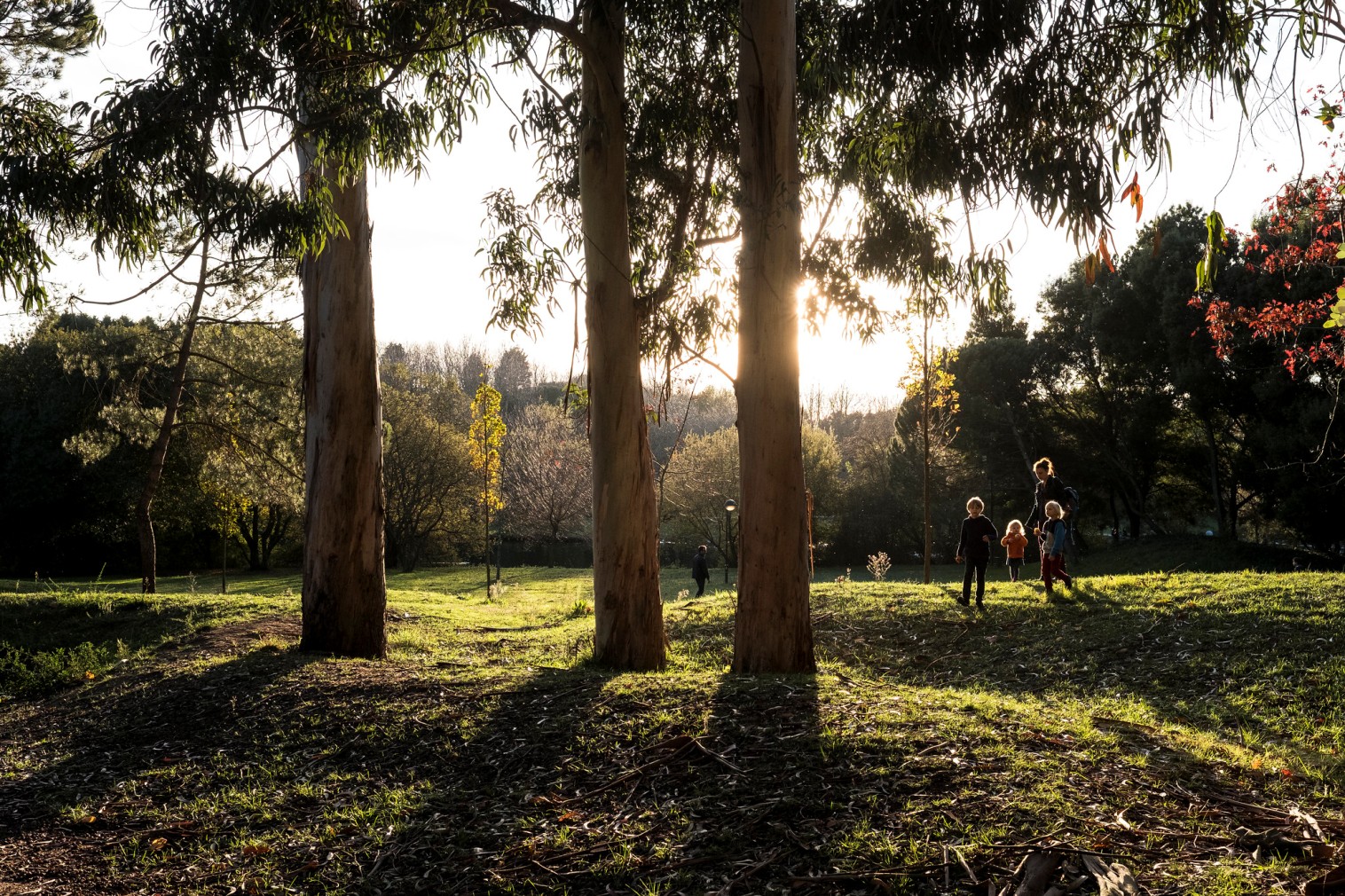
City Park
The City Park is the largest urban park in Portugal, with an area of 83 hectares that stretch out as far as the Atlantic Ocean, which is globally something of a rarity. It was designed by the landscape architect Sidónio Pardal and inaugurated in 1993 (1st phase) and finalized in 2002. The presence of stone takes on a preponderant characteristic of this park, where the construction of supporting walls for terrain, spots to stay and paving create a rural and bucolic idea. In 2000, it was selected by the Order of the Engineers as one of the `100 most remarkable works constructed in Portugal in the 20th century`. Among other installations, it lodges the Centre for Environmental Education.~
Flora: Stone pine (Pinus pinea), Maritime pine (Pinus pinaster), Plane trees (Platanus spp), Poplars (Populus spp), Oak trees (Quercus spp), Alders (Alnus glutinosa), White Willows (Salix alba) and White birch (Betula alba)
Available Infrastructures: Public toilets; Coffee shop / Restaurants; Cycle parking; Sports fields, sand volleyball; Shared cycle route
October 1st to March 30th: 7am-10pm
April 1st to September 30th: 7am-12am
Day 2
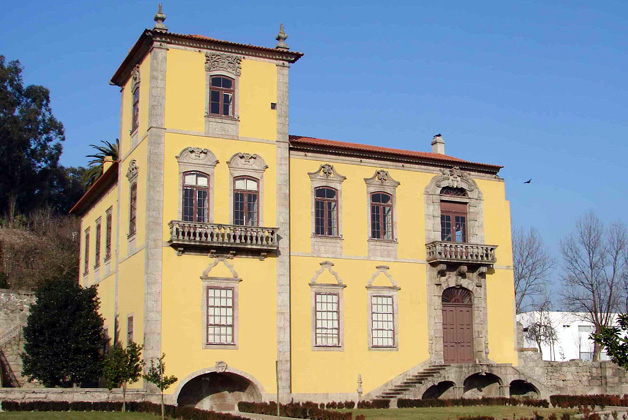
Bonjóia Manor
Quinta de Bonjóia, with approximately 40,000 m² and an XVIII century house (with lines attributed to the architect Nicolau Nasoni), surrounded by gardens and woods, provides visitors with a broad range of facilities, where you can organize and/or hold parties, dinners, conferences, meetings, promotional activities, training sessions, concerts, sporting events, radical sports and many other activities.
The spaces include a restaurant/training centre equipped with an industrial kitchen and bar, a modern training centre, sports ring with changing rooms, conference and/or meeting rooms and Casa da Brincad'Eira, especially designed for children and youths.
The head office of the Porto Social Foundation is located here, a non-profit private institution, whose mission is to "promote inclusion and social cohesion" in the county of Porto.
Building designated public interest monument.
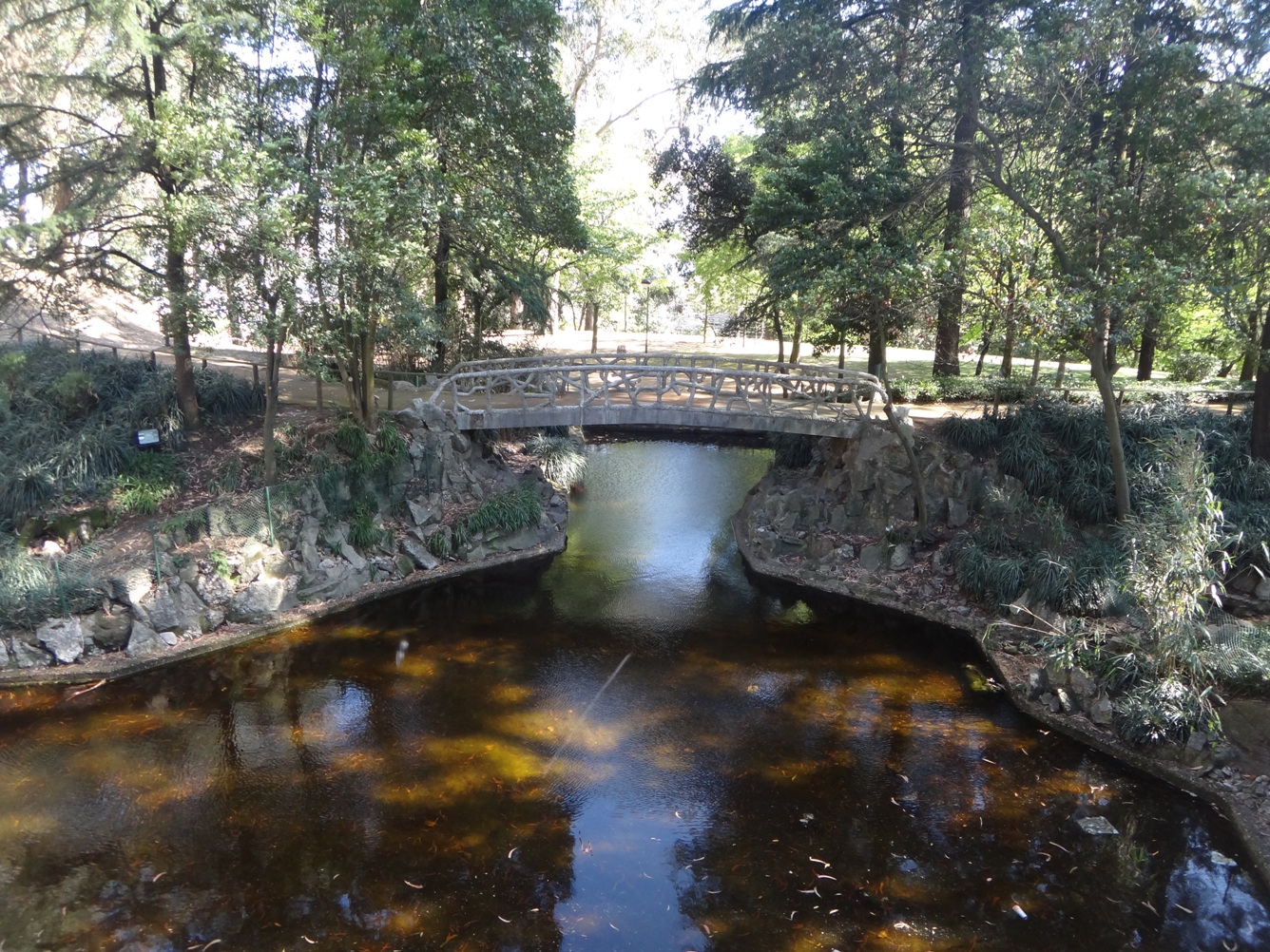
São Roque Park
The now denominated Parque de São Roque, with OVER 4 hectares, was sold in 1979 by the family Calém to the City Council of Porto, having been opened to the public the same year and revived in the beginning of 1990. The gardens boast very stylish elements from the last century, such as: minarets, hedgerows, waterspouts, bonfires, etc. A set of sculptural pieces was therefore installed by the Council of Porto and at that point, a chapel that had existed until then in Largo Actor Dias was reconstructed, as well as the labyrinth of Buxus sempervirens. It maintains the characteristic of the romantic garden. Since the academic year 2002/2003 it also lodges the Centre for Environmental Education.
1 October to 30 March: 9am-6pm
1 April to 30 September: 9am-7pm
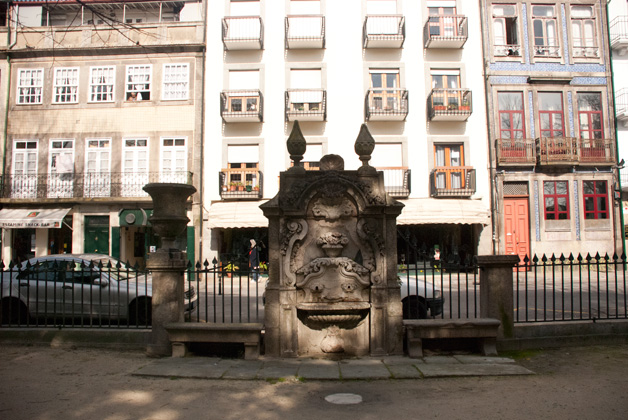
São Lázaro Garden
Known as garden of São Lázaro, it was inaugurated in 1834, being the first public garden in Porto. Typical romantic garden, full of fountains and statues, leafy trees and flower beds, in addition to a small gazebo. In spite of being considerably modified since its creation, it is nowadays the city´s only garden still enclosed by railings with 4 gates. In this garden there is a marble fountain coming from the sacristy of the extinct Convent of São Domingos. Around the lake we can distinguish the set of 12 Magnolia grandiflora, classified as of great ornamental value. It is located close to the Porto Municipal Library and the Faculty of Fine Arts and is one of the most visited public gardens of the city.
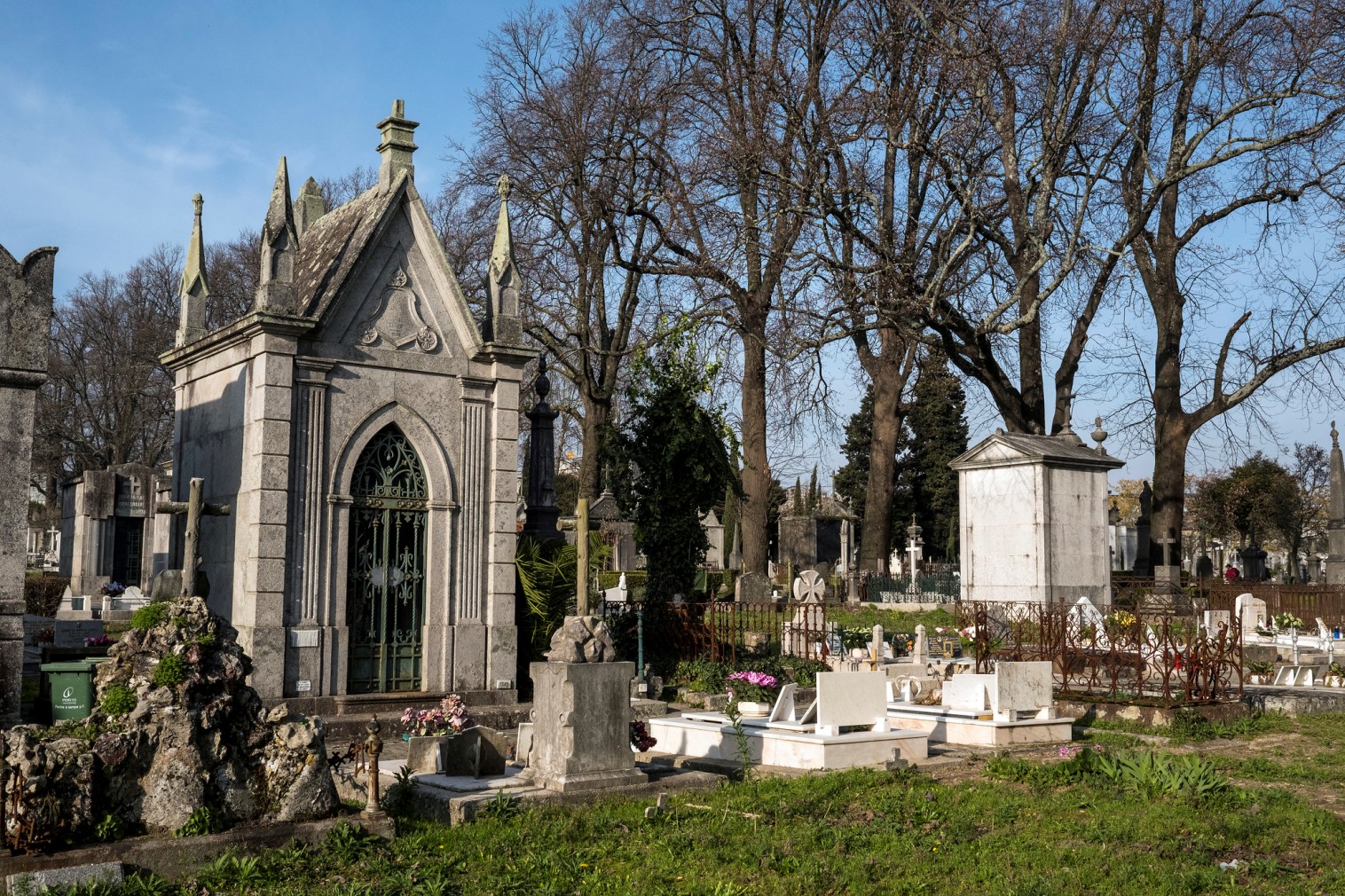
Prado do Repouso Cemetery
Opened in 1839 as the first public cemetery in Porto, it is considered a true "museum of death".
The Porto's funerary art is unique and its main features are the neo-Gothic dominance, the use of granite and monumentality, especially the chapel-tombs.
Of the numerous monuments of historical and artistic value, we highlight, for example, the chapel of the cemetery (in fact, what remains from the unfinished Church of St. Victor), the ossuary of the former nuns Convent of St. Benedict's of Hail Mary and its former cross; the cross from the graveyard itself, with an iron Christ, as well as remarkable tombs and mausoleums of personalities from various fields.
November 1st and 2nd: 8:30am-6pm
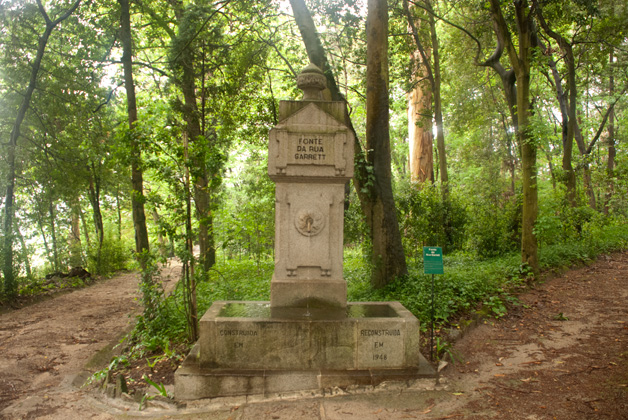
Águas do Porto Park
This park, once property of the Reid family, of British origin, was acquired by the Porto City Council in 1932.
The garden retains many original features: wide botanical diversity, dense trees, lush forests, many alleys and byways.
The small palace of the farm is now occupied by the company Águas do Porto and respective infrastructure and the green space of the farm, turned into a park, houses old fountains and drinking fountains of Porto displaced at the time of the progressive water piping in the city.
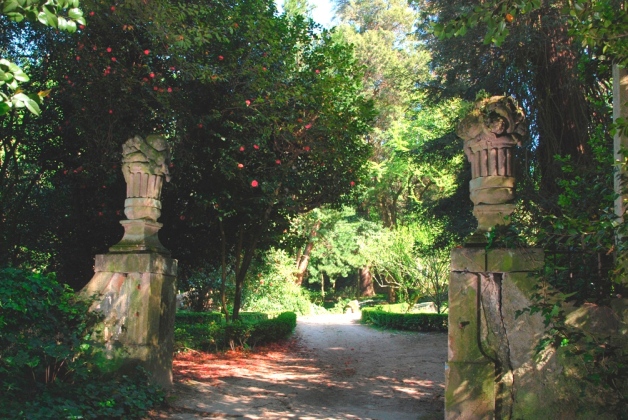
Villar D´Allen Manor
Classified as property of public interest, Villar d'Allen is a rare survivor of the recreation farms that in the eighteenth and nineteenth centuries surrounded the city of Porto. Property of João Allen, an English businessman, it features a building of eclectic architecture, typical of the Romantic period of the nineteenth century. In addition to a large collection of camellias, Villar d'Allen also has a formal garden "à la française", and the “parterre” born of the enthusiasm for "landscape" gardens in fashion in England. The romantic nature was accentuated with the enlargement of the gardens, creating lakes, streams and artificial waterfalls and a wide variety of exotic plants. It also features sculptures by Nasoni. It is now a plant nursery of outdoor ornamental plants. In addition to guided tours, Villar d'Allen also organizes family, cultural or business events.
Day 3
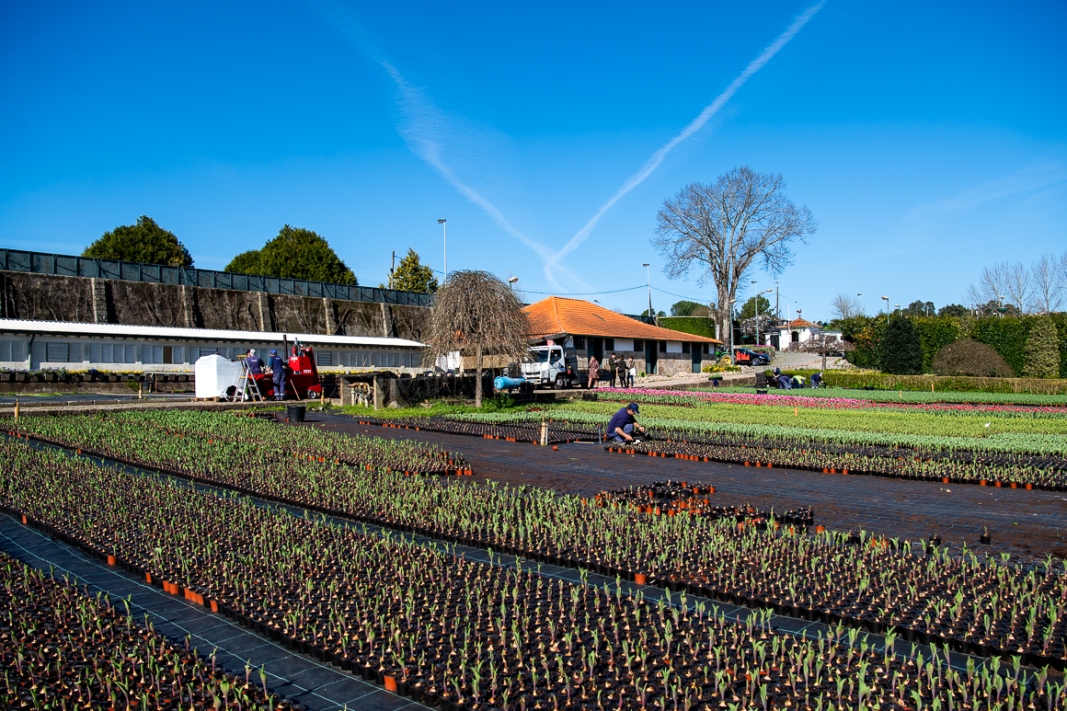
Municipal Plant Nursery
The Municipal Nursery is located in the former Quinta das Areias, in Azevedo, Campanhã.
It was an old farmhouse with a chapel dating back to the XVIII century, with an area of approximately 67,000 m2 and was acquired by the City Council in 1937.
The Municipal Nursery has been modernised so as to provide, through its own production, a number of different plant species used in the implementation of new landscaped areas and seeking to establish a Centre for Plant Multiplication in the renovation of existing ones and to support activities of an environmental nature.
Visits by appointment only (group minimum of 10 visitors).
Map View
Plan Your Trip
Arriving

Covered by an ever progressing, accomplished transport network, getting to Porto could never be easier whether it be by plane, bus, car, boat, train or metro.
Getting around

Travelling within the city is made simple should you go by public transport, your own car or a hired one.
Practical information

Here you will find some basic data on Porto as well as information on various public and private services available.
History

This is one of Europe's oldest tourist destinations. Its wealth of artistic heritage, Port Wine, open-air leisure spaces and cultural life are just some of the reasons to visit this city.
Everything you need to know


